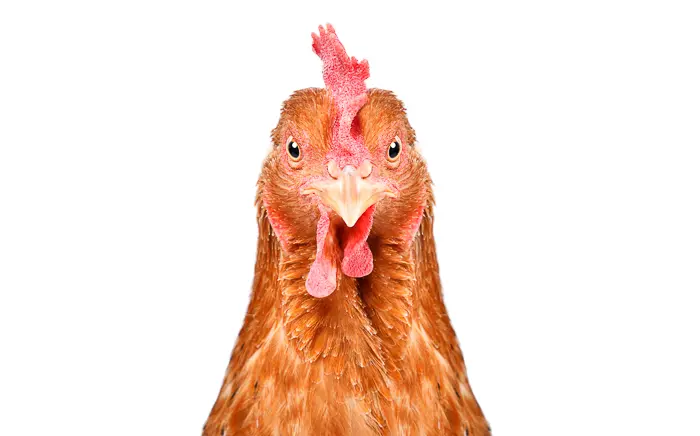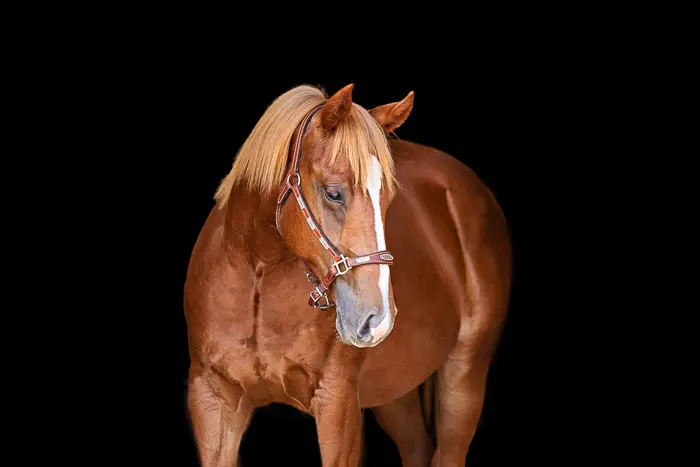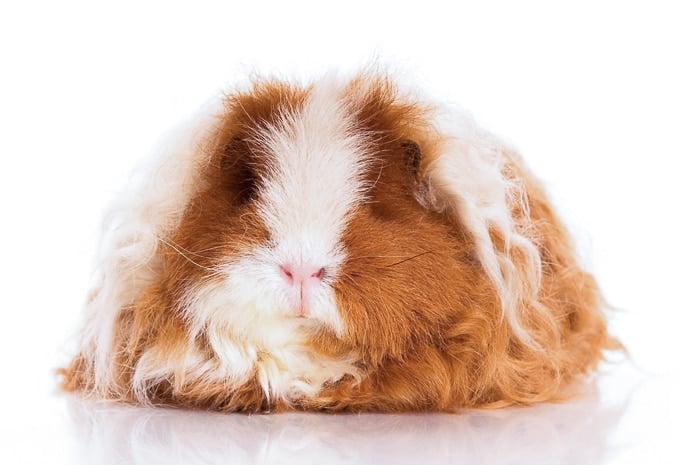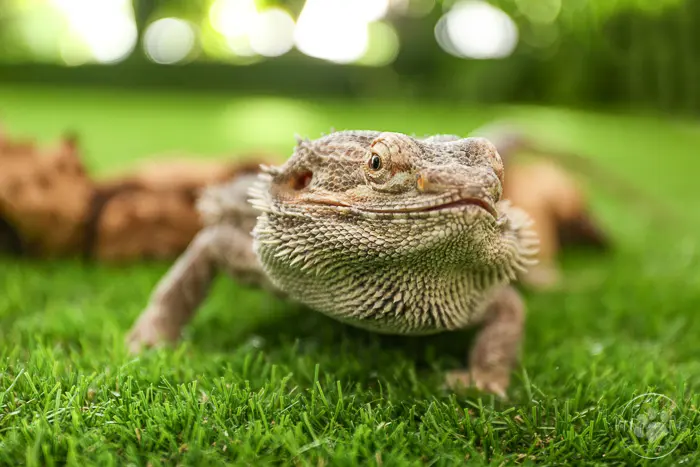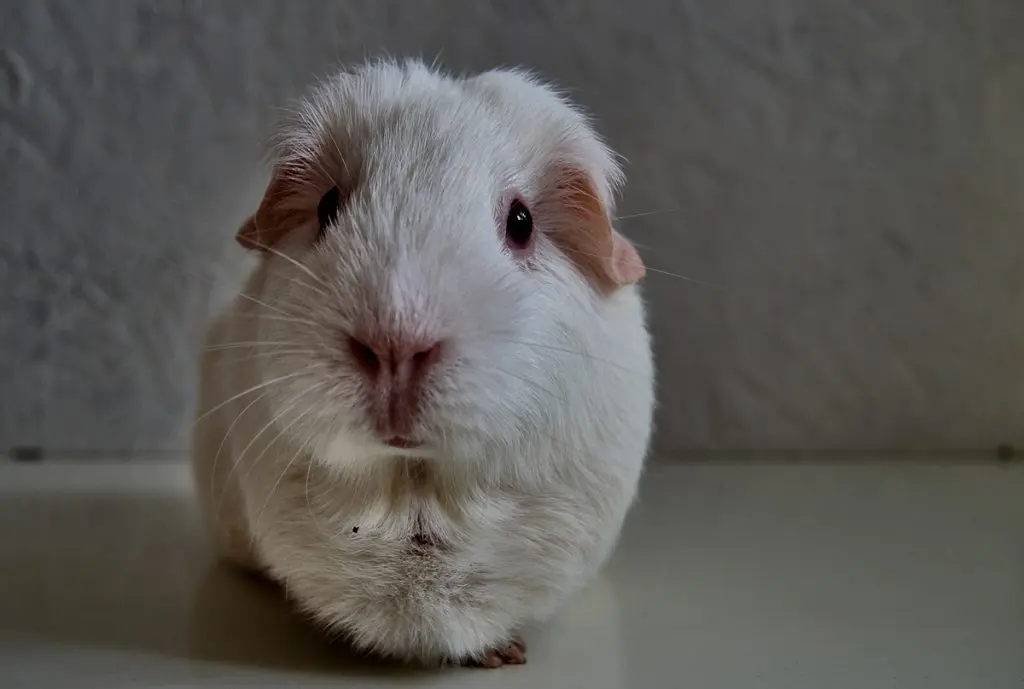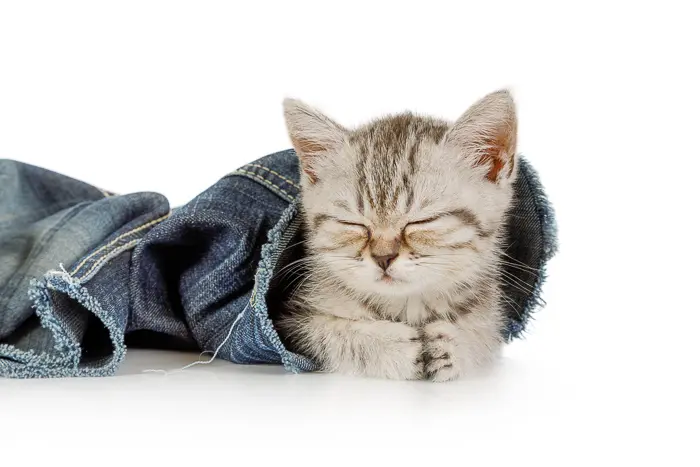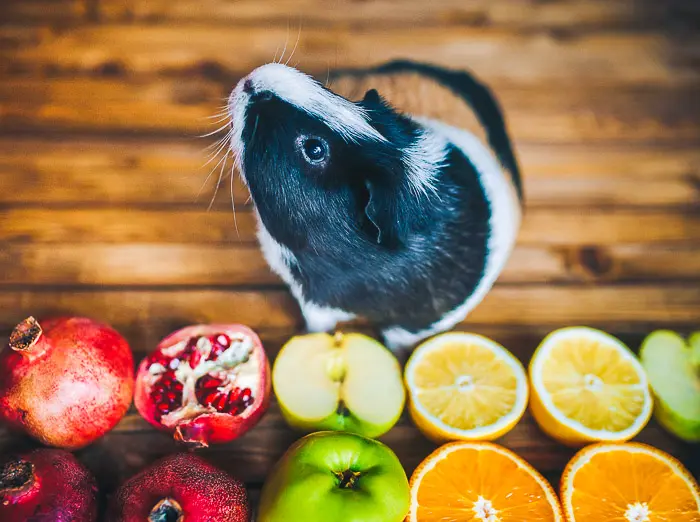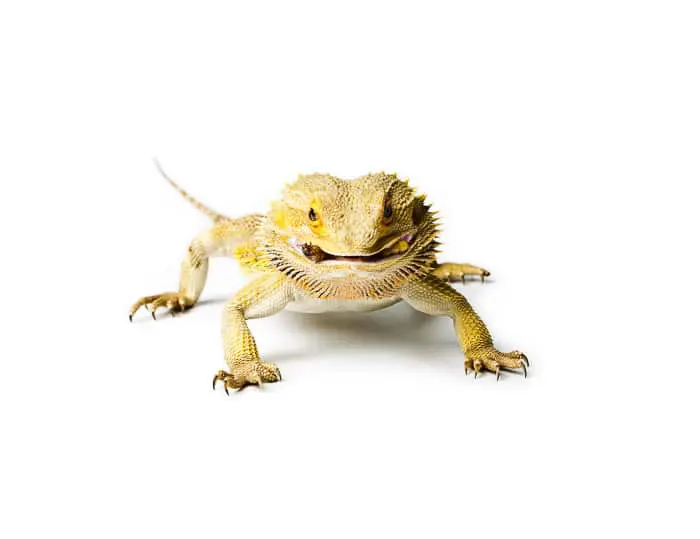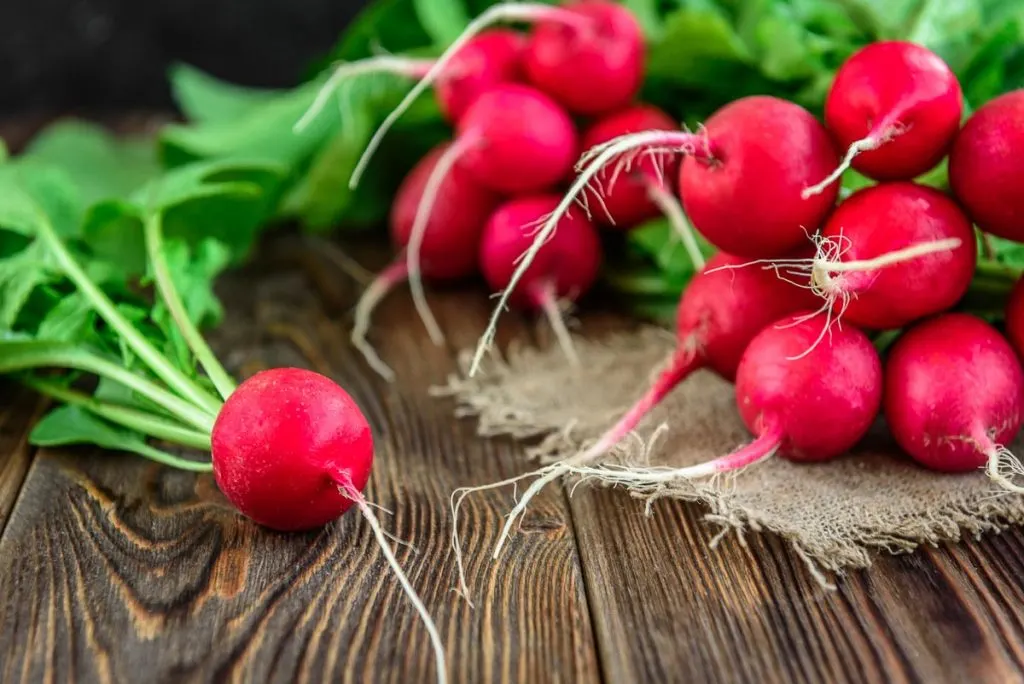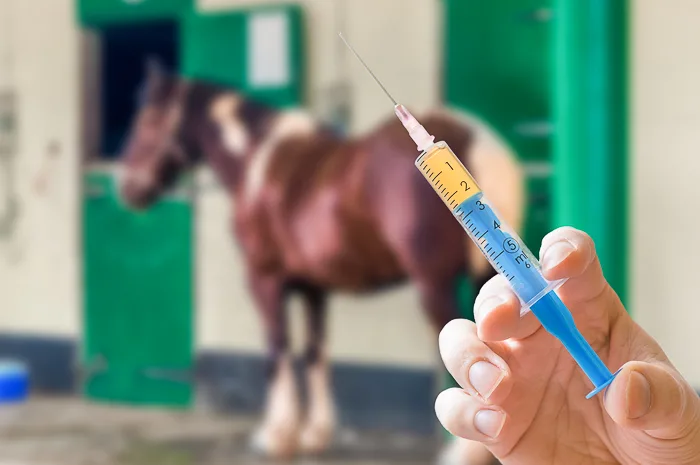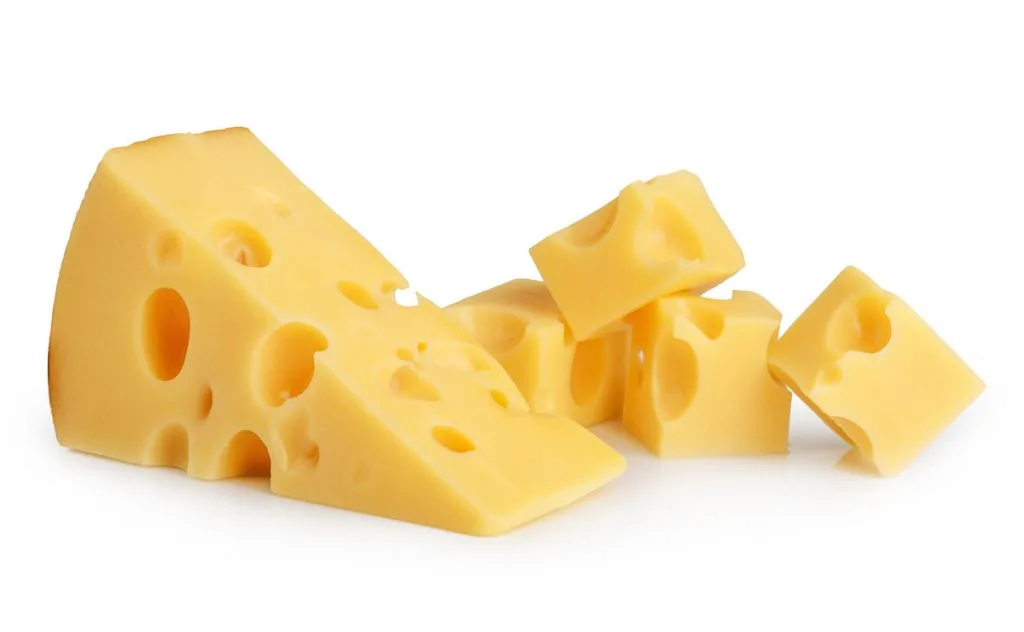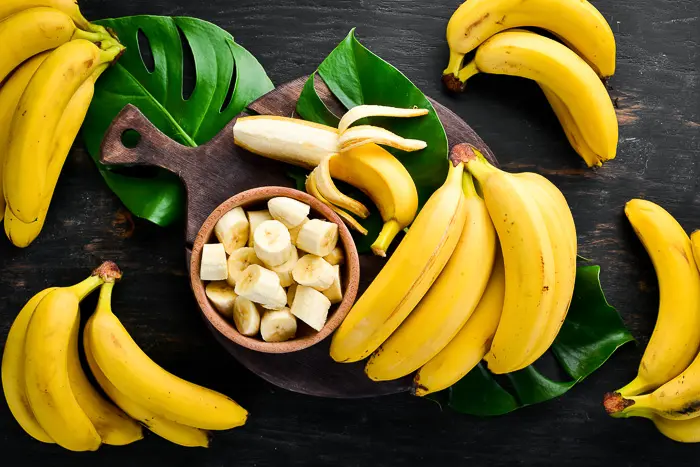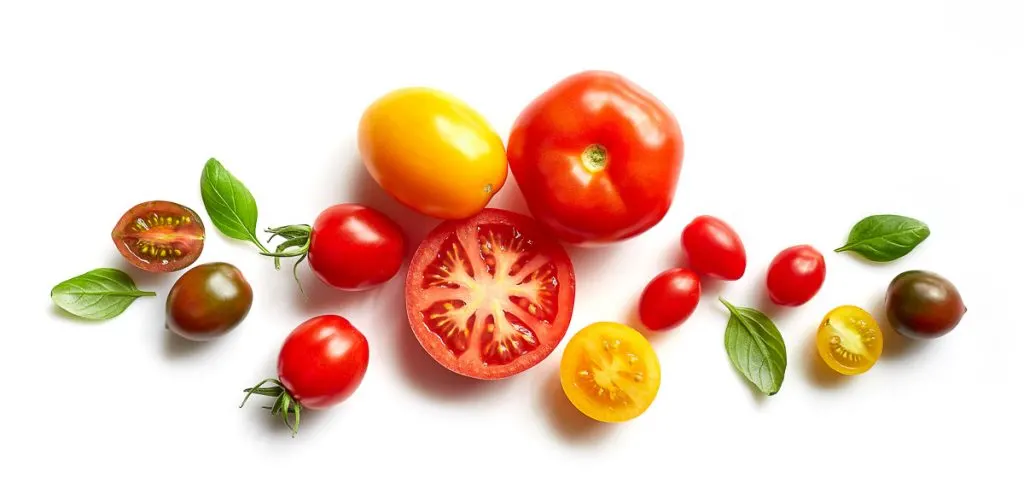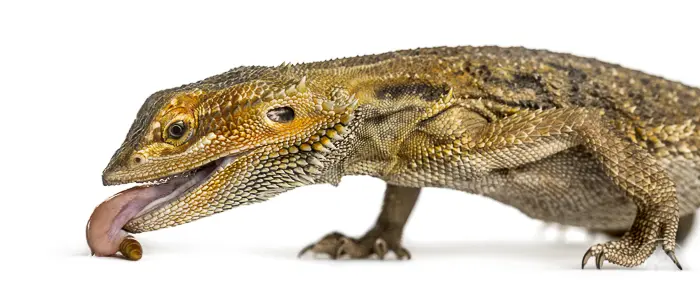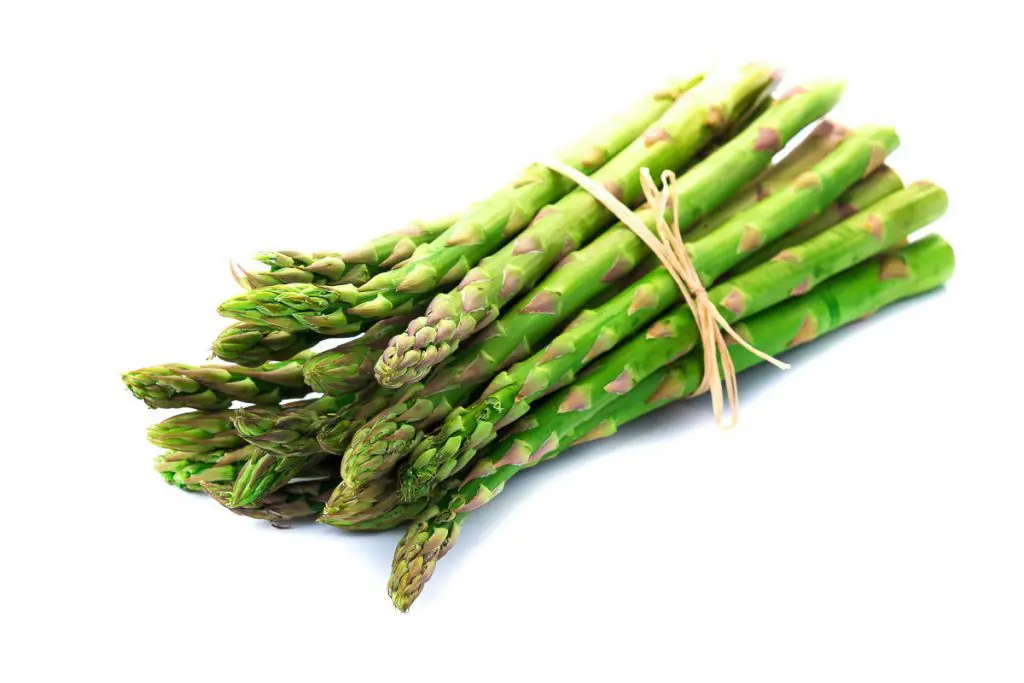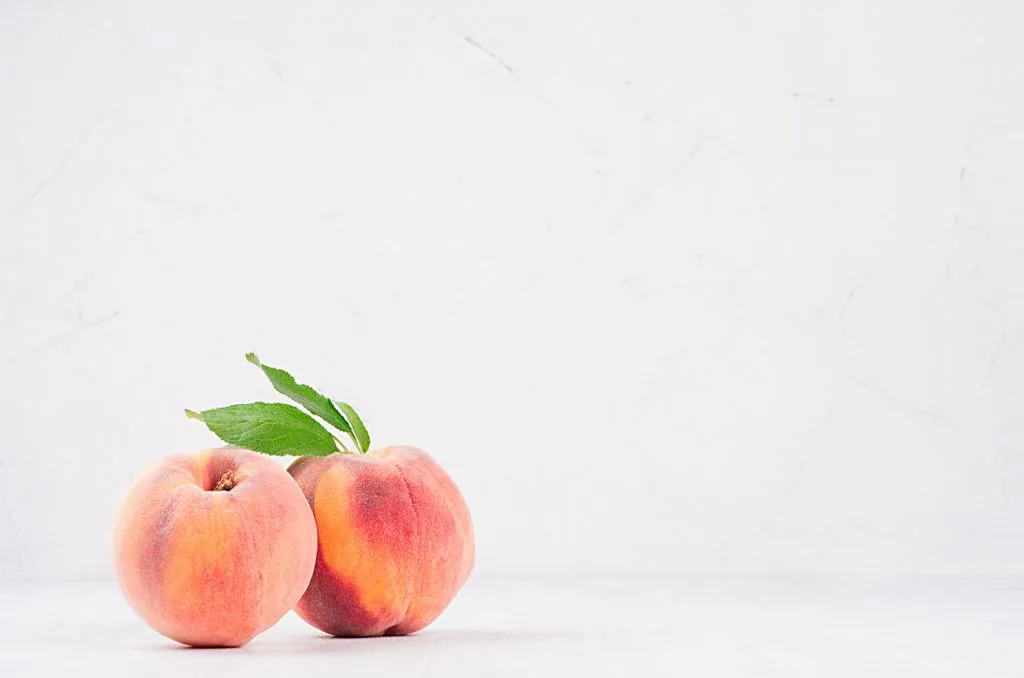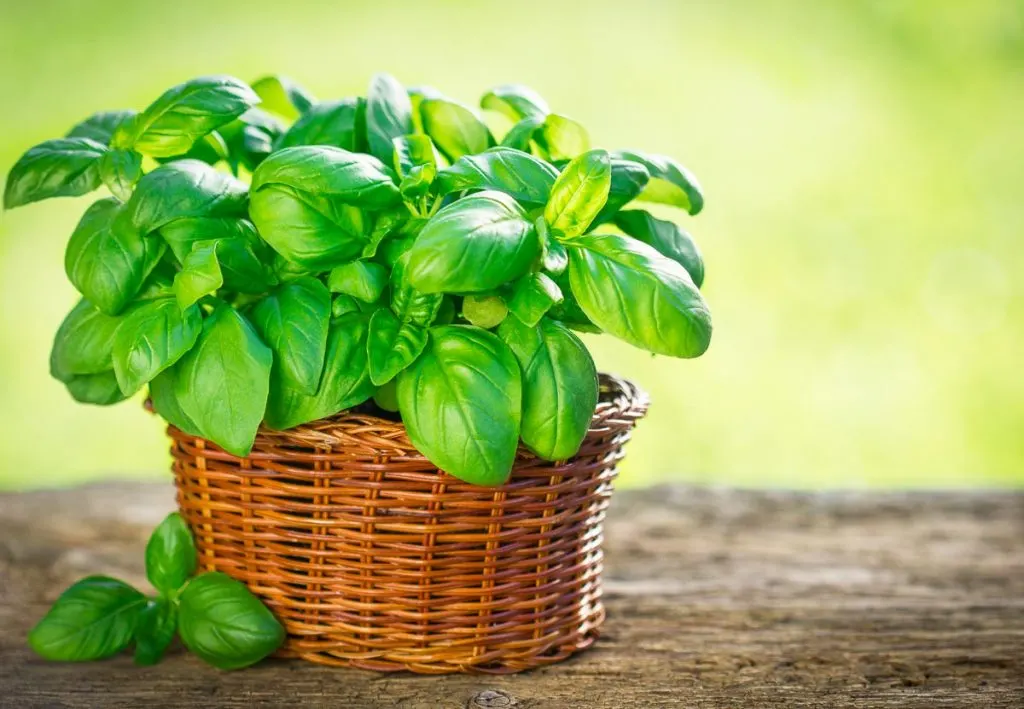Hamsters are one of the most popular pocket pets in the United States. Who can say no to feeding a cute little hamster a sweet treat like a juicy pepper piece? But be cautioned…not all foods are safe for hamsters! Can hamsters eat peppers?
Dr. Jess explains the answer below:
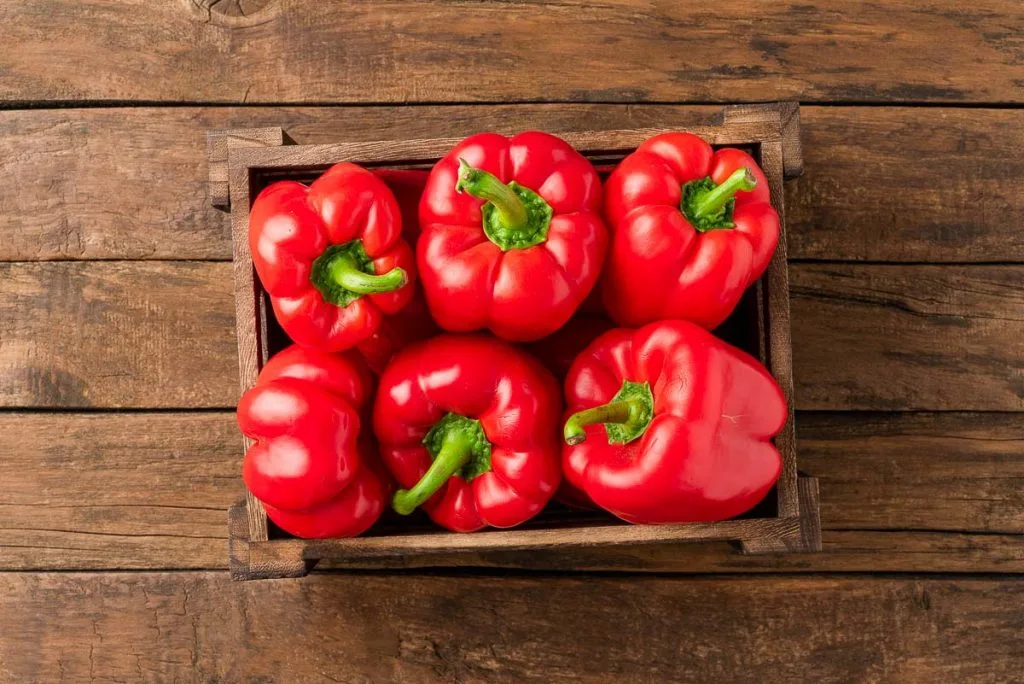
What is a Hamster?
A hamster is a small rodent that is commonly seen as a pocket pet here in the U.S.
Hamsters are covered in a soft fur, with large eyes, round bodies, and short stumpy tails.
They are quite active and can make great pets as long as you know how to properly care for them and all of their needs.
Hamster Basics:
Hamsters are small mammals. Their coats are soft and come in many different coat colors and color patterns. There are short-haired and long-haired varieties and colors ranging from whites, browns, and speckled or banded color patterns.
There are many different types and breeds of hamster, including the Golden Hamster, that is commonly seen in pet stores throughout the world and in research settings.
A common hamster is about 4-10 inches long, with some breeds shorter than that average and some breeds longer than that average.
Adult hamsters can weigh anywhere from half an ounce to over 10 ounces, depending on age and breed of hamster.
Hamsters are nocturnal, meaning that they typically sleep during the day and are active at night. Therefore, if you or a family member is a light sleeper or has issues sleeping at night, it is not suggested to house your hamster in that same room, as they will be active during the night.
Hamsters are also solitary, meaning that they do best living by themselves as they can fight and can become cannibalistic if multiple adults are allowed to be with one another.
A hamster's teeth are continually growing. Therefore as a reliable pet owner, you need to provide your pet hamster with materials to help them keep their tooth length at bay.
Hamsters are omnivores, eating both plant material and animal materials.
In captivity, hamsters typically have a diet that consists of items such as hamster pellets, hay, grains and nuts, and fruits and vegetables, to name a few foods.
No matter what you and your veterinarian decide is the best diet for your hamster, make sure that it is balanced for your hamsters lifestyle.
Hamsters have a cute personality. Some are outgoing and friendly with others,while other hamsters like to live a life of solitude.
Hamsters like to burrow and tunnel, so having some sort of tunnel system is fun for many captive, caged hamsters.
What Do Hamsters Typically Eat?
These little buddies eat an assortment of things to keep them healthy and happy.
- High-quality hamster food and Timothy hay should be the main staples of their diet.
- Up to about 10% of their diet can be made up of an assortment of vegetables and fruits, with fruits and vegetables over 12-24 hours old being discarded as soon as possible.
- Hamsters do best with diets low in fats and sugars. [source]
- Clean, fresh, filtered water. ‘Fresh water‘ means that is is changed daily. ‘Changed daily‘ means that new water is placed into a CLEAN water dispenser!
- Seeds and protein (in the form of hamster-safe insects and cooked hamster-safe meats) can also be given to hamsters in safe portions determined by your veterinarian
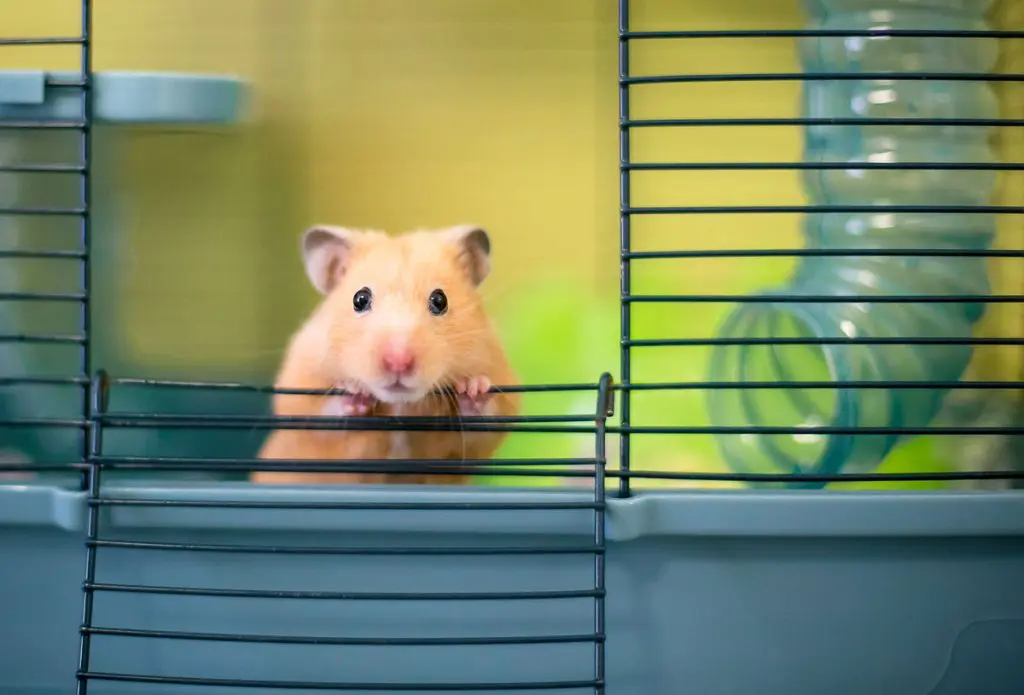
Let's Talk About Peppers:
There are many different types of peppers out there, so I will cover a couple common types of peppers that you may encounter here in the United States.
Bell Peppers:
Bell peppers are also known as sweet peppers. Bell peppers are actually a fruit, but are typically treated as a vegetable in many American dishes because of its flavor, texture, and look.
They have a very mildly sweet taste and a jucy, crisp texture.
They come in 4 main colors in the grocery store, red, yellow, orange, and green.
Chili Peppers:
Chili peppers are smaller in size than a bell pepper and their shape is more like that of a banana. Most chili peppers found in stores have a thick glossy outer skin, that is green in color when immature and turns to a bright red when ready to eat.
They are also a fruit, but mainly used as a vegetable or spice in United States kitchens. They are used in many recipes as a spice to add heat to dishes that need more pizazz.
Chili peppers have much more of a spicy heat to them than the mild bell pepper with no spicy heat.
There are many different types of chili peppers available. One very common type of chili pepper available is the jalapeno pepper.
The capsaicin found in chili peppers is used for medicinal purposes and in pepper sprays across the world.
Pepper Health Benefits:
According to a recent Healthline article regarding the health benefits of bell peppers,
Bell peppers are rich in many vitamins and antioxidants, especially vitamin C and various carotenoids. For this reason, they may have several health benefits, such as improved eye health and reduced risk of several chronic diseases. All in all, bell peppers are an excellent addition to a healthy diet.
https://www.healthline.com/nutrition/foods/bell-peppers
Low Calories:
Bell peppers are low in calories. This is a good thing for your little hamster who may very well be prone to gaining weight and everything that comes along with obesity.
High Water Content:
Bell peppers can contain up to 92% water [source]. This could help your little pal stay hydrated.
Vitamins and Minerals:
Bell peppers are exceptionally rich in vitamin C as well as other vitamins and minerals, such as A, B6, E, K1, folate, and potassium.
Antioxidants:
Bell peppers are also rich in other antioxidants besides vitamin C.
Are Peppers Healthy For Hamsters to Eat?
A pepper contains a low amount of calories and fat so it a better snack if your pet is overweight or has diabetes than other treats with higher caloric content.
Peppers also have a high water content to help keep your little friend hydrated.
As mentioned in the nutritional content of peppers section, peppers have a high amount of vitamin A, B, C, E, K, etc. in it – vitamins that help with the protection of important body systems that keep the body running and functioning appropriately.
A pepper is packed with a multitude of minerals and other nutrients which are great for the health of your pet hamster.
Can Hamsters Eat Peppers?
Well after learning about some of the health benefits and some of the risks that the consumption of peppers brings with it , wouldn't it be nice it you could just safely feed it to your hamster?
Well, you can fed them bell peppers…. in moderation.
That's right, feeding a small amount of bell pepper as a treat to your hamster on occasion is totally fine and they will likely LOVE you for it!
“However, never feed your pet hamster any other type of pepper. The spicy factor alone could harm them to the point of causing death. Do not feed your hamster any type of chili pepper!”
Doc Jess
Moderation = Approximately a teaspoon-sized amount of pepper is enough bell pepper for one adult hamster.
If you have a smaller hamster or a dwarf variety, cut the teaspoon on half and just give your smaller hamster no more than 1/2 teaspoon worth of pepper per week as a treat.
If your pet does not eat all of their fruits and vegetables within 12-24 hours, then you need to dispose of it for them.
They will likely not eat it, and it will only sit in their cage and get old and eventually become unsafe to eat.
The rest of their diet, the other 90 or so percent, should be made up of hamster food and hay.
You should feed this amount no more than once per week and no two days in a row.
Can Baby Hamsters Eat Peppers?
I do not recommend feeding a baby or juvenile hamster any pepper pieces as it can lead to some pretty big internal issues with just small bites of this fruit.
How to Serve Bell Peppers to A Hamster?
You will need to start by using a high-quality, fresh bell pepper.
Make sure that you wash it well to remove any dirt, debris, pesticides, etc. from its surface.
Then cut the pepper into bite-sized pieces, so that your hamster can easily eat it.
Remove any uneaten bell pepper pieces with 12-24 hours of offering it to your hamster to prevent bugs and food rot.
How About Bell Pepper Leaves?
There’s no reason your hamster can't enjoy chewing on bell pepper leaves unless they just don't like bell peppers at all.
They love having little things in their mouths to chew on and to keep them occupied and entertained throughout their busy days!
The stem texture is not too tough, so as long as the stem is short and thin, then it's okay for a small bit of stem to still be attached to the bell pepper for them to nibble on.
But just like anything else that they can stick in their mouths, these can be a choking hazard so monitor your hamster while snacking on this veggie treat!
Can Hamsters Eat Bell Pepper Seeds?
Your hamster should have no problem munching away on a fresh piece of bell pepper with the seeds intact.
There is no reason why these small bell pepper seeds need to be removed before serving pepper pieces to your pet hamster.
Can They Eat Dried Peppers?
Because dried peppers contain a higher amount of sugars, I can not advise you to feed your hamster dried pepper even if it is for a small snack.
It is unsafe to do!
Can Hamsters Eat Pepper Jam or Jelly?
Jellies and jams have added sugars, spices, and/or preservatives or additives in them.
Therefore, it is not advised to feed your little pet any fruit jam or jelly, including the pepper varieties.
Are Peppers Harmful to Hamsters?
Yes, they can be.
Remember that too much of any fruit or vegetable fed to these little buddies can give them side effects like an upset stomach, gas, bloating, and diarrhea.
This can lead to a multitude of problems including things like dehydration and electrolyte imbalances that could impart a trip to the veterinary clinic for your pocket pet vet to fix.
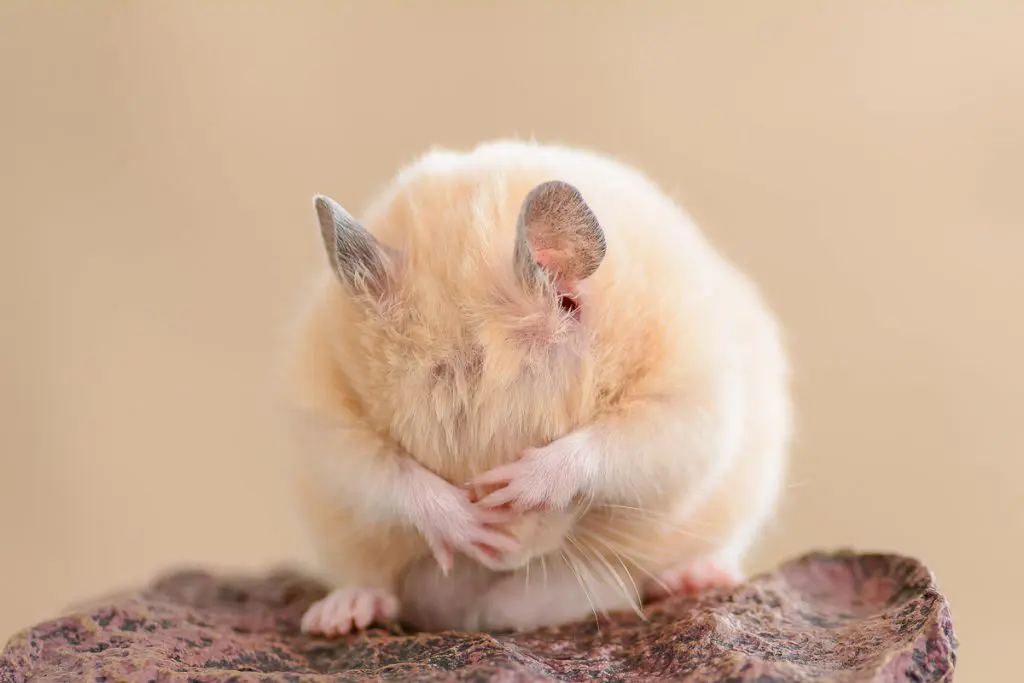
Alternative Foods For Hamsters:
Wrap up:
So weigh the pros and cons of feeding bell peppers to your hamster before tossing them a sweet and juicy snack, and if you do decide to give them a treat, remember, it's safe in moderation.
Never feed your hamster any type of chili pepper.
And as always, contact your veterinarian before changing any part of your pet's diet.

The information provided in this article is not a substitute for professional veterinary help.
![[Vet Explains Pets]](https://vetexplainspets.com/wp-content/uploads/2024/09/cropped-vetlogo-199x66.png)

